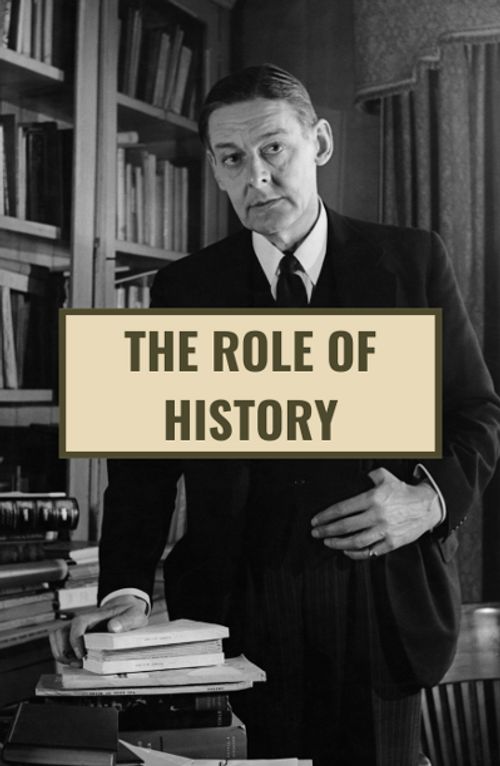How T.S. Eliot balanced innovation with tradition and won a Nobel Prize
Sep 26, 2022 · 2 mins read
0
Share

Introduction. T.S. Eliot won the Nobel Prize for his innovative poems. Yet he considered himself a traditionalist. He resolves this tension in his essay "Tradition And The Individual Talent" (1917). In this Memo, discover his insights on ancestral wisdom, art, & more👇
Save
Share
Eliot wrote that while praising an artist, we wrongly emphasize the parts where “he least resembles anyone else.” We stress “the poet’s difference from his predecessors” - believing that art must be “isolated in order to be enjoyed.” Eliot rejects this as blindness to history.
Save
Share
For Eliot, a writer is “most individual” precisely where “his ancestors” are asserting “their immortality most vigorously.” But tradition for Eliot is NOT a “blind or timid adherence” to the past. He does agree that “novelty is better than repetition.”
Save
Share
Tradition is not inherited but ACQUIRED. T.S. Eliot: “Tradition cannot be inherited, and if you want it you must obtain it by great labor.” Our ancestral wisdom WILL NOT make itself obvious to us. We must sharpen our mind and ennoble our character till we're fit for it.
Save
Share
For Eliot, tradition is “the historical sense,” which is “a perception, not only of the pastness of the past, but of its presence.” To have the historical sense is to touch the bedrock on which humans have always built their dreams. And to see the peaks we’ve always sought.
Save
Share
Eliot on what makes a writer traditional: “This historical sense, which is a sense of the timeless as well as of the temporal and of the timeless and of the temporal together, is what makes a writer traditional.” The historical sense tells us how we compare to men before us.
Save
Share
The “historical sense” tells us who we are by throwing a light on the path humanity walked for us to stand where we stand. Eliot wrote that by making a writer “most acutely conscious of his place in time,” the historical perspective is what makes him a contemporary.
Save
Share
Eliot on how to understand art: “No artist has his complete meaning alone. His significance, his appreciation is the appreciation of his relation to the dead poets and artists. You cannot value him alone; you must set him, for contrast and comparison, among the dead.”
Save
Share
While the past “directs” the present, the present also “alters” the past. The “ideal order” of the past works of art is “modified” when an artist creates something truly novel. T.S. Eliot: “The relations, proportions, values of each work of art toward the whole are readjusted.”
Save
Share
T.S. Eliot wrote that an artist grows via “a continual surrender” of who he is now “to something which is more valuable.” Artistic progress is “continual self-sacrifice, a continual extinction of personality.” Like a rocket, an artist must offload his empty tanks to fly ahead.
Save
Share
0